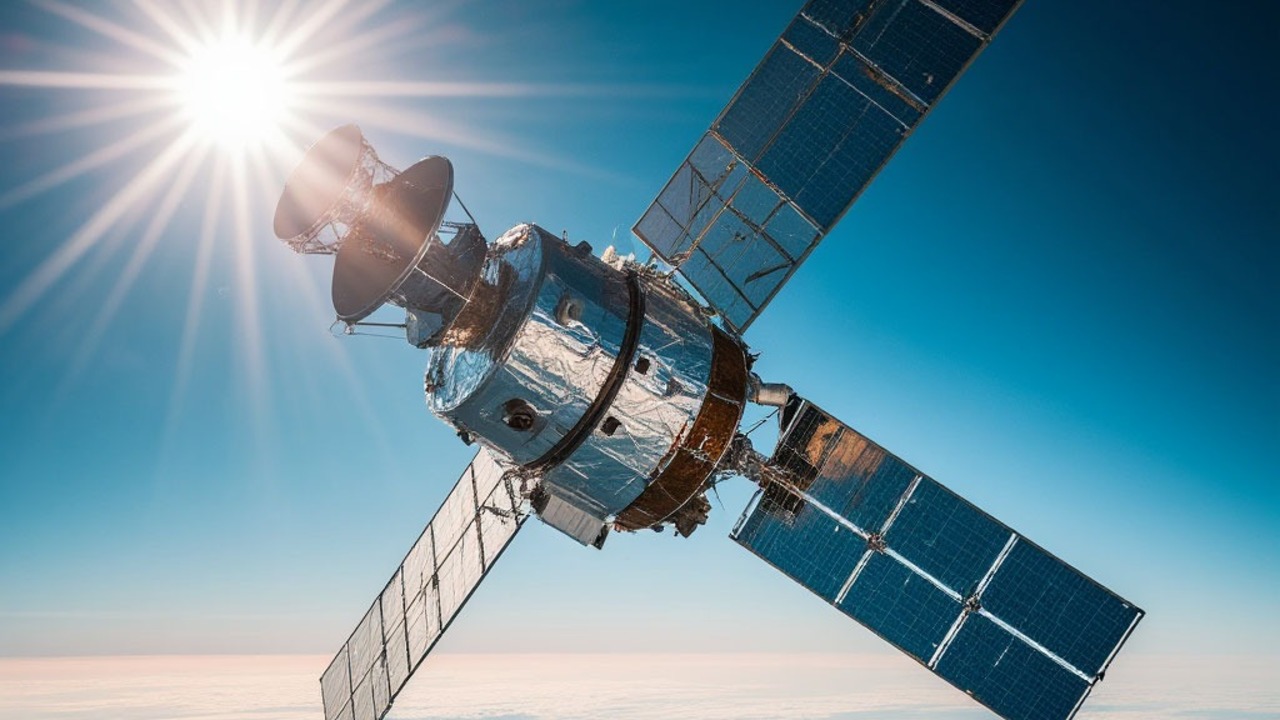A rare polar ring galaxy may have been unexpectedly discovered by a multinational research team using the ASKAP (Australian Square Kilometer Array Pathfinder) telescope operated by Australia’s national science agency CSIRO. Wrapped in a kind of cosmic “ribbon,” the star called NGC 4632 is about 56 million light-years away.
At first astronomers thought it was an ordinary star system. But while using the resources of ASKAP, a radio telescope, they noticed the existence of a huge ring of gas surrounding the entire galaxy at an oblique angle relative to the galactic plane.
The discovery of a huge “ribbon” unseen in much of the electromagnetic spectrum “suggests that one to three percent of nearby galaxies may have gaseous polar rings,” paper co-author Nathan Deg of Queens University in Canada explained in a press release. , This is much more than what optical telescopes suggest“.
An unexpected polar ring galaxy
According to Deb, The international team of astronomers had no idea there was a hidden polar ring surrounding NGC 2632. “Although this is not the first time astronomers have observed galaxies in the polar rings, NGC 4632 is the first observed with ASKAP, and there may be many more in the future,” he theorizes.
According to Professor Bärbel Koribalski from CSIRO, who is also a co-author of the paper, the discovery took place as part of the WALLABY study. (Widefield ASKAP L-band Legacy All-sky Blind) aims to observe the entire southern sky with the aim of detecting and visualizing the distribution of gas in hundreds of thousands of galaxies.
In this first WALLABY survey of just 600 galaxies, two with polar rings were identified (the other is named NGC 6156). However Use of ASKAP in the coming years will “reveal more than 200 thousand hydrogen-rich galaxies”“Including many unusual galaxies with polar rings like these,” Koribalski promises.
How do polar rings of a galaxy form?

As the name suggests, a polar ring galaxy is one that has a ring of material (dust, gas, and stars) orbiting around or near its poles, that is, perpendicular to the galactic plane. Although it is known to astronomers, it is not known exactly how they were formed.
The first theory says that the material traveled through the cosmic web in intergalactic space and eventually orbited a galaxy and became part of it.
However, the second, more accepted explanation is that the ring was formed by the accumulation of gravitationally absorbed material from another galaxy approaching and interacting with the polar ring galaxy.
Is there anything you want to ask? Tell us on our social networks and get the opportunity to share the article with your friends.
Source: Tec Mundo
I’m Blaine Morgan, an experienced journalist and writer with over 8 years of experience in the tech industry. My expertise lies in writing about technology news and trends, covering everything from cutting-edge gadgets to emerging software developments. I’ve written for several leading publications including Gadget Onus where I am an author.













